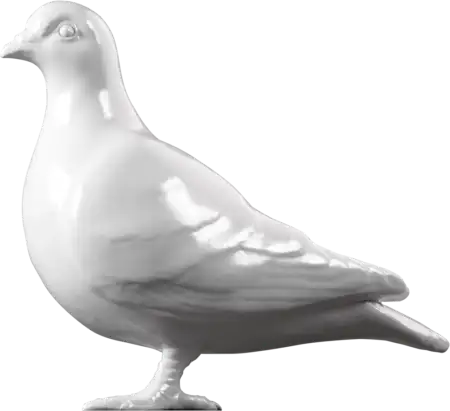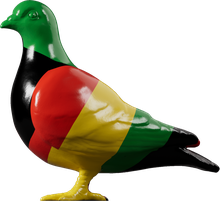Post-Medieval — 16th century-17th century
Cloth seal mould
The riveted form of seal, with all its variations, seems to have been devised specifically for marking commercial textiles. These seals were attached to the cloth by folding the disc around each side of the textile so that the rivet on one disc could be pushed through the fabric and the corresponding hole in the other; the rivet was then bent over to secure the two sections together and the seal was stamped with one or two dies (matrices) in the manner of hammered coins, to close it firmly in place and to register the appropriate information – typically the size, weight and quality of the cloth; the name of the dyer or clothier and the place of production. More rarely also, a date. Two-disc seals were the norm to the late 16th century in England. Single rivets were also usual. The matrices used to produce blank cloth seals are a fairly rare objects in Britain. Just six (all copper-based alloys) are recorded in the British Museum catalogue of 1994, and two more in an article of 1995. Another example came to light from Ditcham, East Hampshire in October 2015; also in copper. The Museum of London has the most complete stone example; acc. no. 81.234 from the Thames foreshore at Custom House, but this new piece is important because it is incomplete and of a rather different type. The proximity of the find spot to the location of Blackwell Hall, London’s central cloth market, is also significant. Cloth seals provide crucial evidence for the textile economy of London and London’s trading interests in Europe and around the globe.
- Category:
- Post-Medieval
- Object ID:
- 2017.20
- Object name:
- Cloth seal mould
- Object type:
- Artist/Maker:
- —
- Related people:
- Related events:
- Related places:
- Production date:
- 16th century-17th century
- Material:
stone
- Measurements/duration:
- WT 26.96 g, L 44 mm, W 24 mm, T 12.5 mm (overall)
- Part of:
- —
- On display:
- —
- Record quality:
- 40%
- Part of this object:
- —
- Owner Status & Credit:
Permanent collection
- Copyright holder:
digital image © London Museum
- Image credit:
- —
- Creative commons usage:
- CC BY-NC 4.0
- License this image:
To license this image for commercial use, please contact the London Museum Picture Library.
Tags
Download image file
You are welcome to download and use this image for free under Creative Commons Licence CC BY-NC 4.0.
Credit: London Museum
To licence this image for commercial use please contact the London Museum Picture Library


